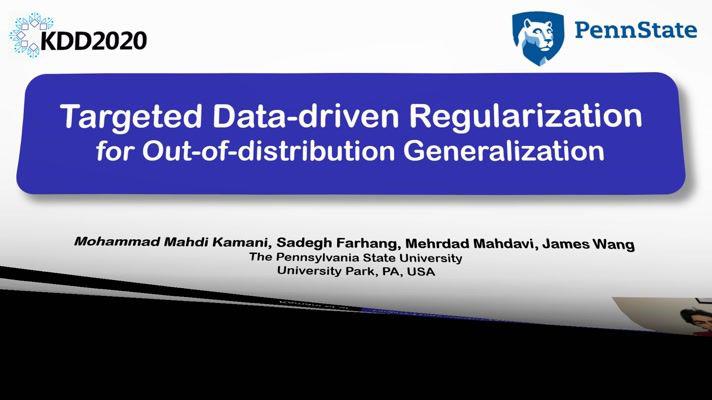Abstract:
Combining symbolic and neural approaches has gained considerable attention in the AI community, as it is argued that their strengths and weaknesses are complementary. One trend in the literature are weakly supervised learning techniques that employ operators from fuzzy logics. They use prior background knowledge described in such logics to help training neural networks from unlabeled and noisy data. By interpreting logical symbols using neural networks (or grounding them), this background knowledge can be added to regular loss functions, hence making reasoning a part of learning. We investigate how implications from the fuzzy logic literature behave in a differentiable setting. In this setting, we analyze the differences between the formal properties of these fuzzy implications. It turns out that various fuzzy implications, including some of the most well-known, are highly unsuitable for use in a differentiable learning setting. A further finding shows a strong imbalance between gradients driven by the antecedent and the consequent of the implication. Furthermore, we introduce a new family of fuzzy implications (called sigmoidal implications) to tackle this phenomenon. Finally, we empirically show that it is possible to use Differentiable Fuzzy Logics for semi-supervised learning, and show that sigmoidal implications outperform other choices of fuzzy implications.









































